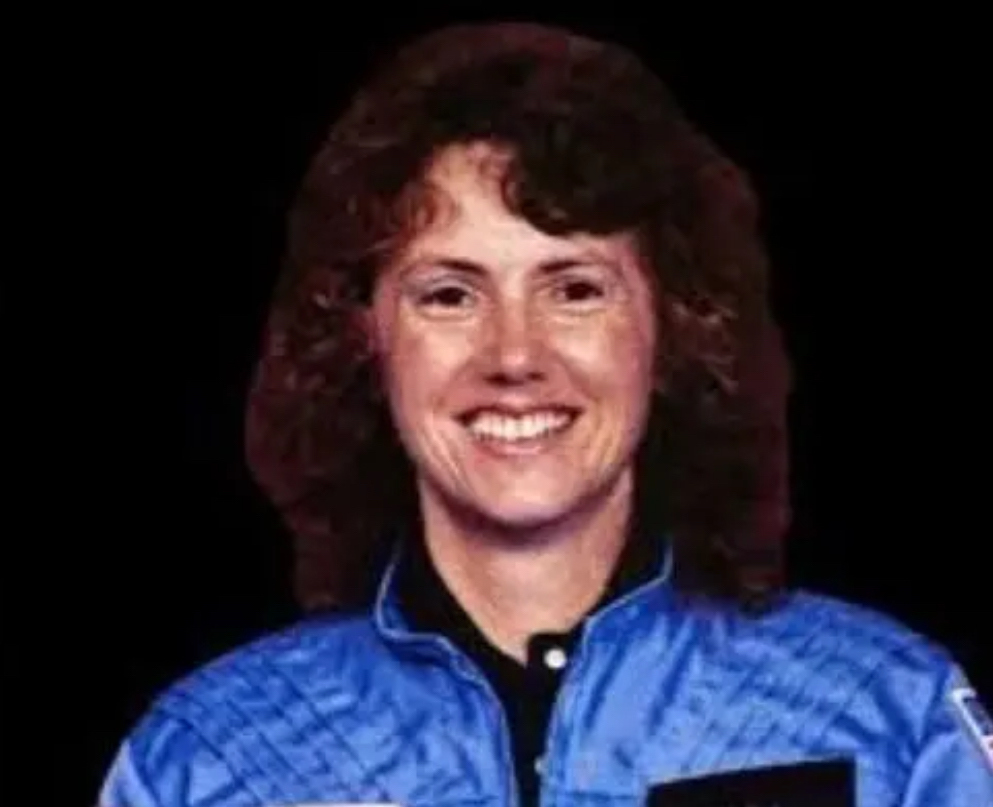A Tragic Launch: The Challenger Disaster
Mission STS-51-L was meant to be a historic milestone. Among its seven astronauts was Christa McAuliffe, a high school teacher selected to become the first civilian in space. However, just over a minute into the launch, a faulty O-ring in one of the shuttle’s solid rocket boosters led to catastrophic failure.
Millions of Americans—many of them schoolchildren watching live—saw the Challenger disintegrate in mid-air. While the explosion was visually devastating, investigators later confirmed that the shuttle’s crew cabin remained largely intact as it separated from the rest of the vehicle.
Tragically, the astronauts are believed to have survived the initial breakup, only to succumb during the nearly two-and-a-half-minute descent into the Atlantic Ocean. The violent forces, lack of oxygen, and impact from the fall rendered survival impossible.
The Recovery Operation
In the weeks following the accident, NASA and the U.S. Navy launched a massive recovery mission. Using sonar, submersibles, and divers, search teams scoured the ocean floor for shuttle debris and the crew module.
By March 1986—two months after the disaster—the crew compartment was located. Inside, recovery teams found the remains of the astronauts. These were handled with the utmost care and respect, with the goal of both understanding what had happened and ensuring such a tragedy would never occur again.
The Investigation: What We Know
Medical examinations were conducted under strict confidentiality. While NASA has never released full autopsy reports, statements from officials and investigators suggest the crew may have remained conscious for part of the descent but likely lost consciousness when the cabin’s oxygen systems failed.
Out of respect for the families, most details have never been made public, and rightly so. The focus instead shifted toward learning from the disaster to improve future spaceflight safety.
Honoring the Fallen
The remains of the Challenger astronauts were returned to their loved ones for burial. Some, like Christa McAuliffe, were laid to rest in their hometowns. Others, including several crewmembers, are buried at Arlington National Cemetery. Each was honored in private and public ceremonies that paid tribute to their courage and sacrifice.
NASA has also ensured their legacy is preserved. The Space Mirror Memorial at Kennedy Space Center bears their names, and Challenger Center for Space Science Education—founded by the astronauts’ families—continues to inspire students worldwide through science and space learning.
A Legacy That Endures
The Challenger disaster changed NASA forever. It prompted sweeping reforms in shuttle design, flight procedures, and risk management. But more importantly, it humanized space travel for the public. These were not just astronauts—they were teachers, scientists, engineers, sons, daughters, mothers, and fathers.
The seven who were lost—Francis R. Scobee, Michael J. Smith, Ronald McNair, Ellison Onizuka, Judith Resnik, Gregory Jarvis, and Christa McAuliffe—are remembered not just for how they died, but for how they lived and what they stood for.
Final Thoughts
Discussing the fate of the Challenger crew is not easy. But in doing so with care, we ensure that their bravery is never forgotten. Their sacrifice is a solemn reminder of the risks pioneers face in pursuit of discovery—and a call to honor their legacy by continuing to reach for the stars.
